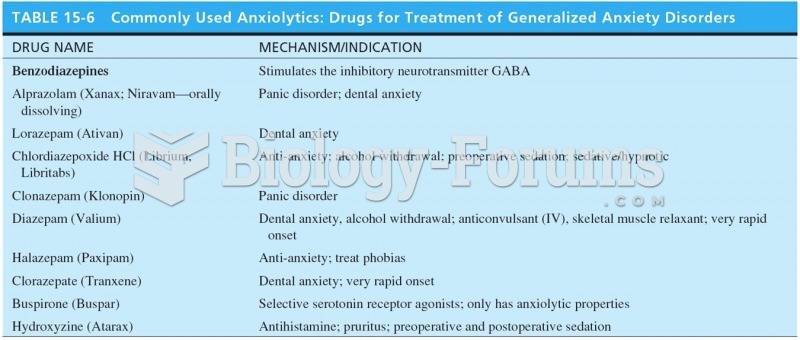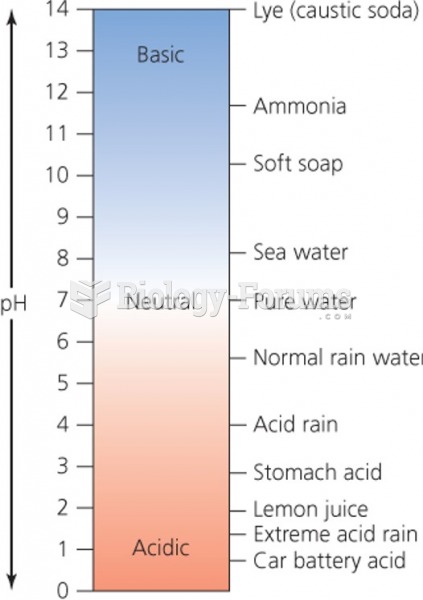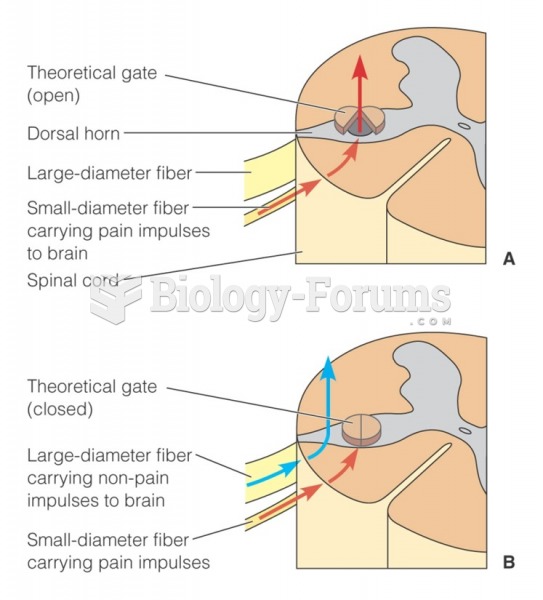This topic contains a solution. Click here to go to the answer
|
|
|
Did you know?
Oliver Wendell Holmes is credited with introducing the words "anesthesia" and "anesthetic" into the English language in 1846.
Did you know?
Individuals are never “cured” of addictions. Instead, they learn how to manage their disease to lead healthy, balanced lives.
Did you know?
There are 20 feet of blood vessels in each square inch of human skin.
Did you know?
There are approximately 3 million unintended pregnancies in the United States each year.
Did you know?
Excessive alcohol use costs the country approximately $235 billion every year.







